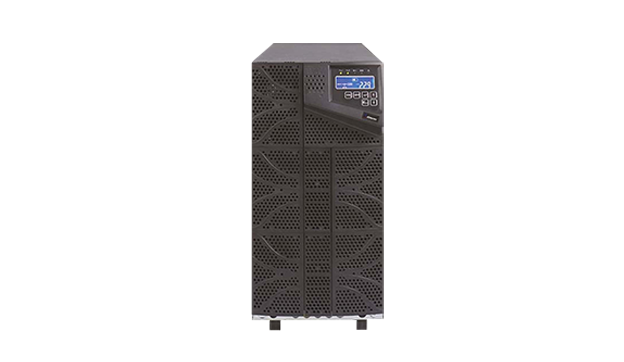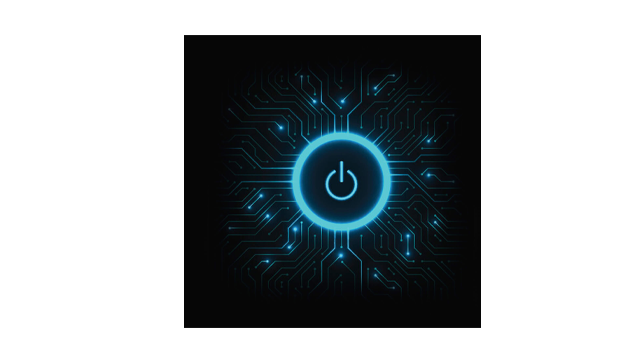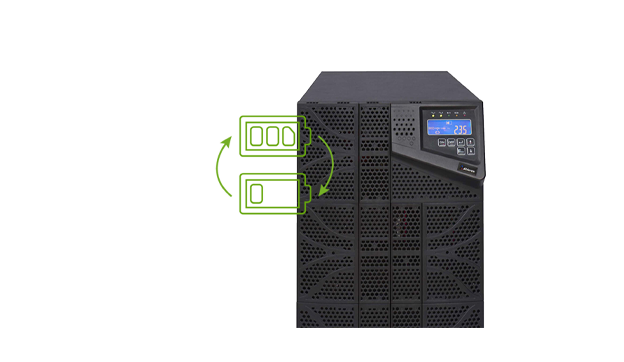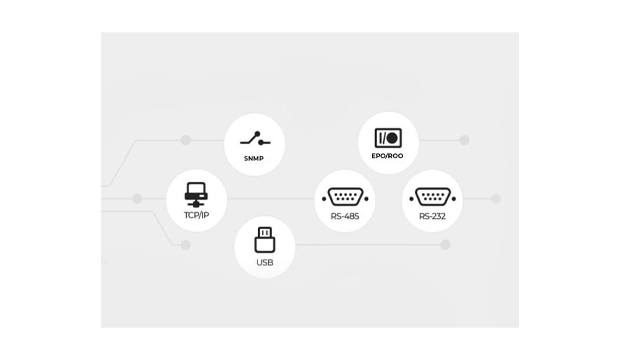MARS III
Mars III Tower - UPS system
MORE POWER, EFFICIENCY AND REDUNDANCY
6000VA ~ 10000kVA
MARS III tower features Power Factor 1 on all ratings, delivering 13% more active power than its competitors for the same kVA. And with 4 units in parallel also redundancy is at the highest! MARS III is the third generation of Single Phase Online UPS from Ablerex. Features, options, accessories and manuals are available in the boxes below. Here you can find the segments in which this product is perfect for its performance and features.Brochure Quote






